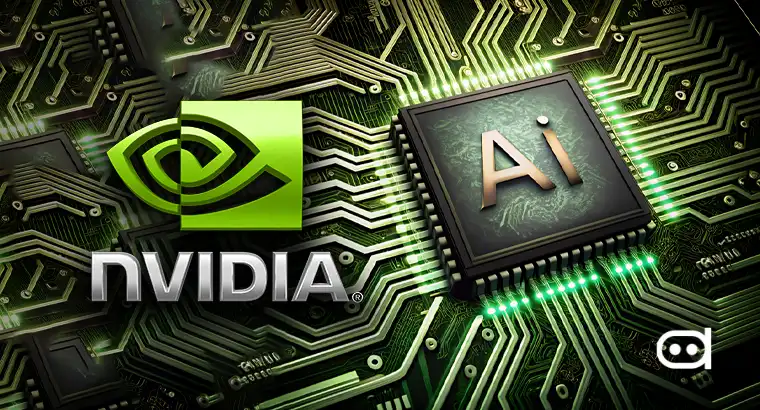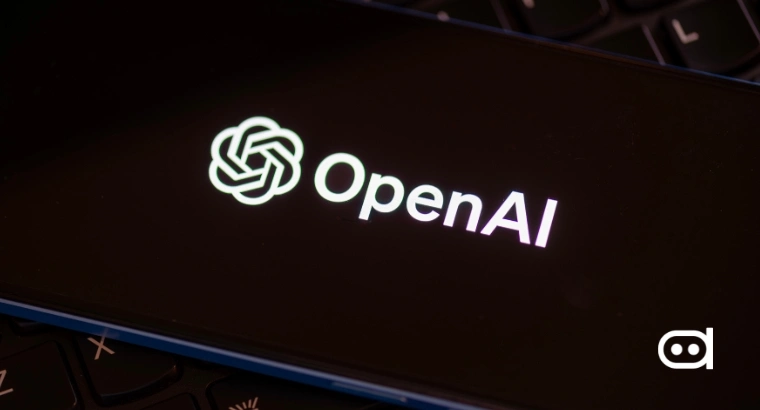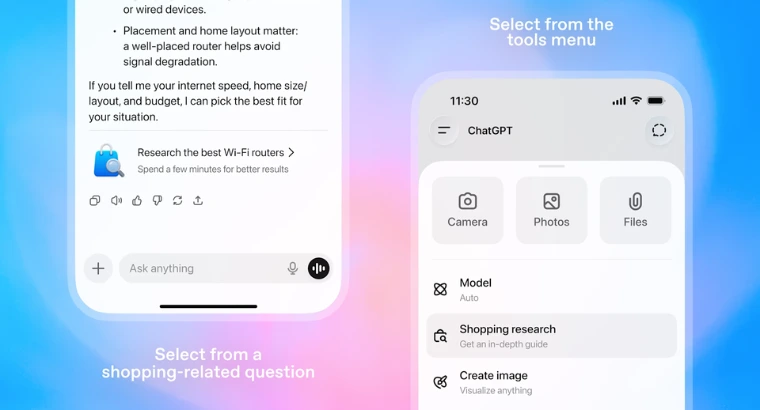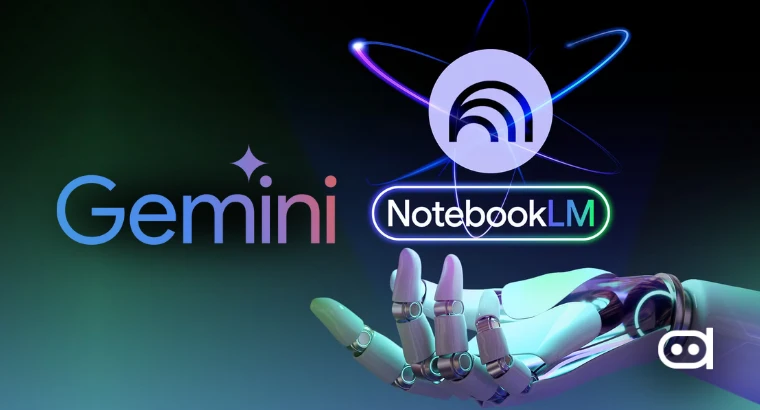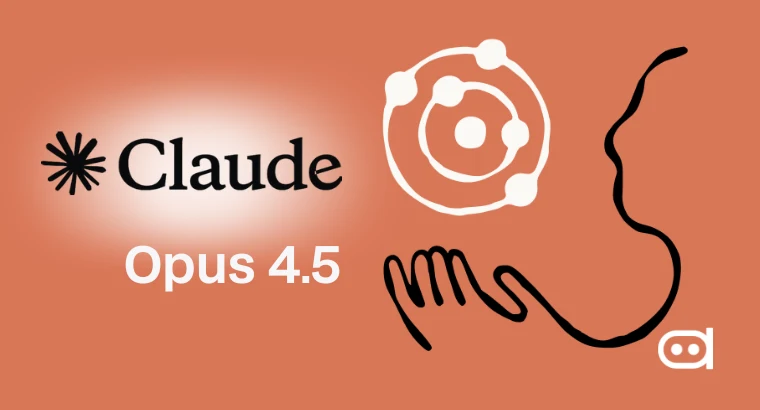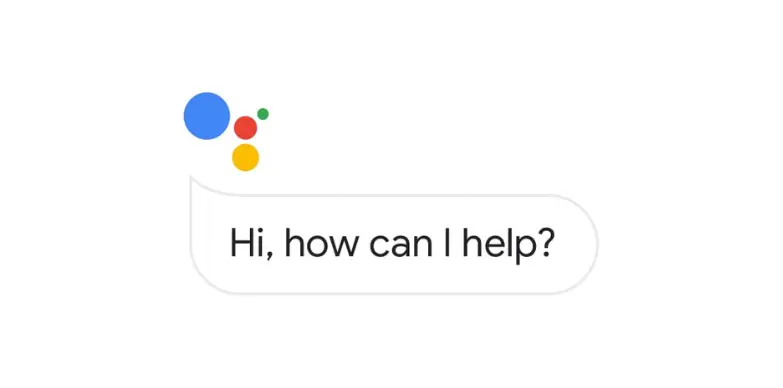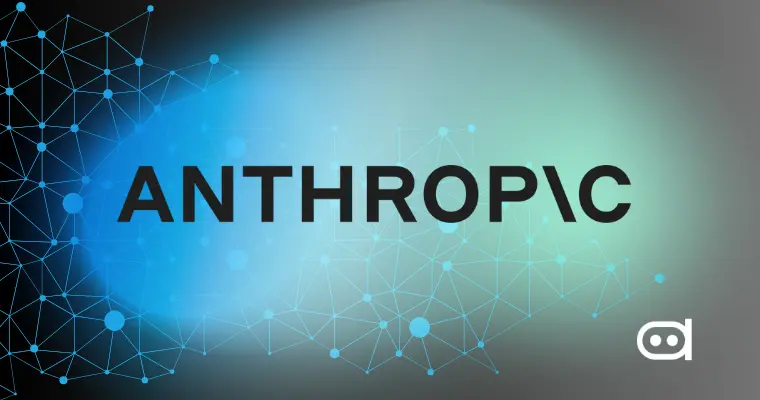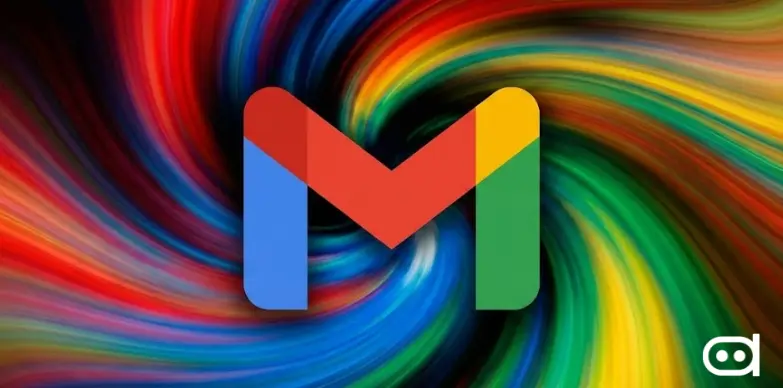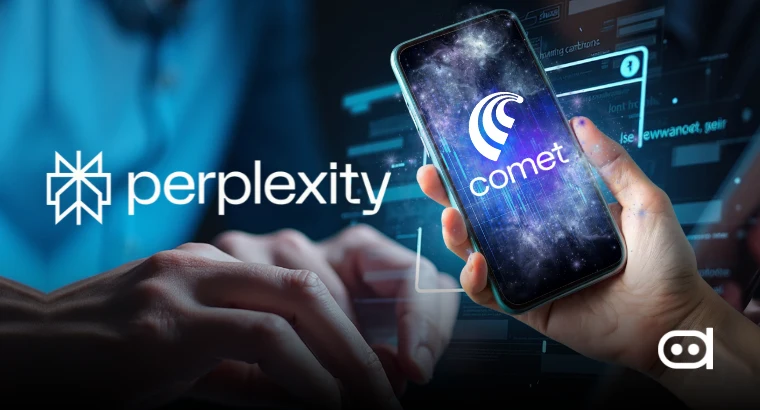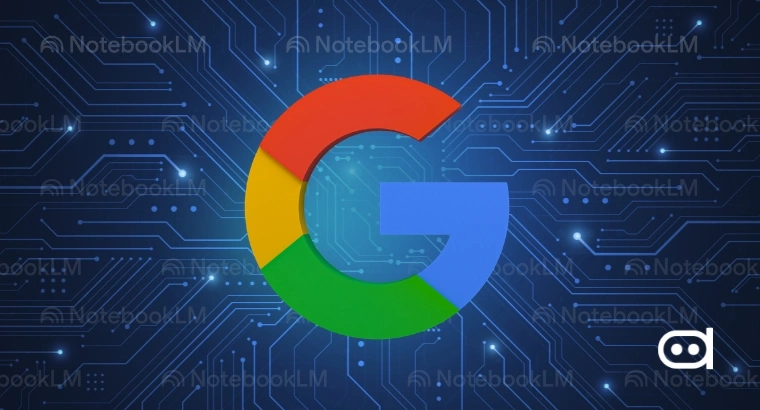
Key highlights –
- Google rolled out Video Overviews to NotebookLM earlier on July 29, 2025.
- The feature let users turn PDFs, images and raw notes into a more easy-to-understand visual presentations.
- Now, the feature supports 80 languages including French, German, Spanish, and Japanese among others.
Google’s favourite research and note-taking tool, NotebookLM had released the Video Overviews feature on 29 July. The feature let users turn their notes, images and PDFs into digestible video presentations. This visual approach makes it really helpful for users to understand different topics and ideas, having both audio-visual input.
Whether you’re a student reviewing hours of lecture footage to prepare for a final exam, a researcher sifting through a dense academic presentation for key findings, or a curious mind trying to learn a new skill from a complex DIY tutorial, Video Overviews provides a concise, easy-to-understand video in your preferred language.
With this update, Google aims to make the Video Overviews feature more accessible to its global audience and let them choose any language they prefer. The update will be available for all users and gradually roll out globally. But for those who’re new to the feature, here’s a detailed dive in at how everything works.
How Does NotebookLM’s Video Overview Help?
Previously, NotebookLM used the Audio Overviews, which focused only on audio approach to help users understand concepts better. The feature enabled users to generate a podcast with AI virtual hosts based on the documents shared on NotebookLM.
Instead of limiting to just audio, Video Overview provides users to choose between visual-audio or only audio approach to understand better. Below is a YouTube video to help give better understanding of the presentation like visuals used in Video Overviews.
In a recent blog post, Google shared how Visual Overview is now supported by 80 languages, meaning one doesn’t have to stay limited to just English. Here’s a list of supported languages for NotebookLM’s feature-
- Afrikaans
- Albanian
- Amharic
- Arabic (Colloquial Egyptian)
- Arabic (Modern Standard)
- Armenian
- Azerbaijani
- Basque
- Belarusian
- Bengali
- Bulgarian
- Burmese (Myanmar)
- Catalan
- Cebuano
- Chinese (Simplified)
- Chinese (Traditional)
- Croatian
- Czech
- Danish
- Dutch
- English
- Estonian
- Filipino
- Finnish
- French (Canada)
- French (European)
- Galician
- Georgian
- German
- Greek
- Gujarati
- Haitian Creole
- Hebrew
- Hindi
- Hungarian
- Icelandic
- Indonesian
- Italian
- Japanese
- Javanese
- Kannada
- Konkani
- Korean
- Latin
- Latvian
- Lithuanian
- Macedonian
- Maithili
- Malay
- Malayalam
- Marathi
- Nepali
- Norwegian (Bokmål)
- Norwegian (Nynorsk)
- Oriya
- Pashto
- Persian
- Polish
- Portuguese (Brazil)
- Portuguese (Portugal)
- Punjabi
- Romanian
- Russian
- Serbian (Cyrillic)
- Sindhi
- Sinhala
- Slovak
- Slovenian
- Spanish (European)
- Spanish (Latin America)
- Spanish (Mexico)
- Swahili
- Swedish
- Tamil
- Telugu
- Thai
- Turkish
- Ukrainian
- Urdu
- Vietnamese
With this update, non-English speakers can also benefit from visual summaries in their native languages. But that’s not all the update covers.
You may also like to read – Grok 2.5 and Grok 3 to Become Open-Source Models: Elon Musk
Google’s Audio Overviews Update You May Have Missed
Alongside Video Overviews, Google has also rolled out the support for above-mentioned 80 languages in Audio Overviews. Initially, this feature was limited to provide short summaries with a full version available only in English. But thanks to the update, all these languages will be available for getting both short and full summaries, as per user requests.
To set your desired output language in Audio Overviews or Video Overviews in NotebookLM, head to Settings >> Output Language. Then, select your preferred language when generating the overview.
Note: By default NotebookLM uses the preferred language from your Google Account settings for the output language.
OpenAI’s Own Search Engine to Compete With Google
In our recent report, we covered how OpenAI is preparing to launch its “AI-based search engine.” The news also covered how OpenAI is making use of third-party services, namely – SerpAI to scrap Google Search results. You can read about it in detail here.
You may also like to read: Gemini in Classrooms: How Google AI Shapes Learning in 2025
